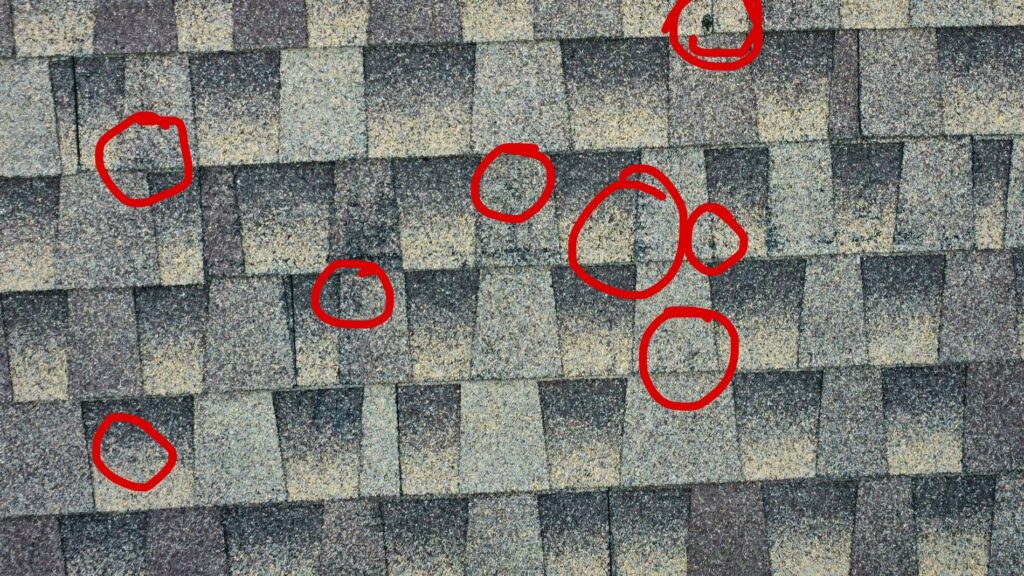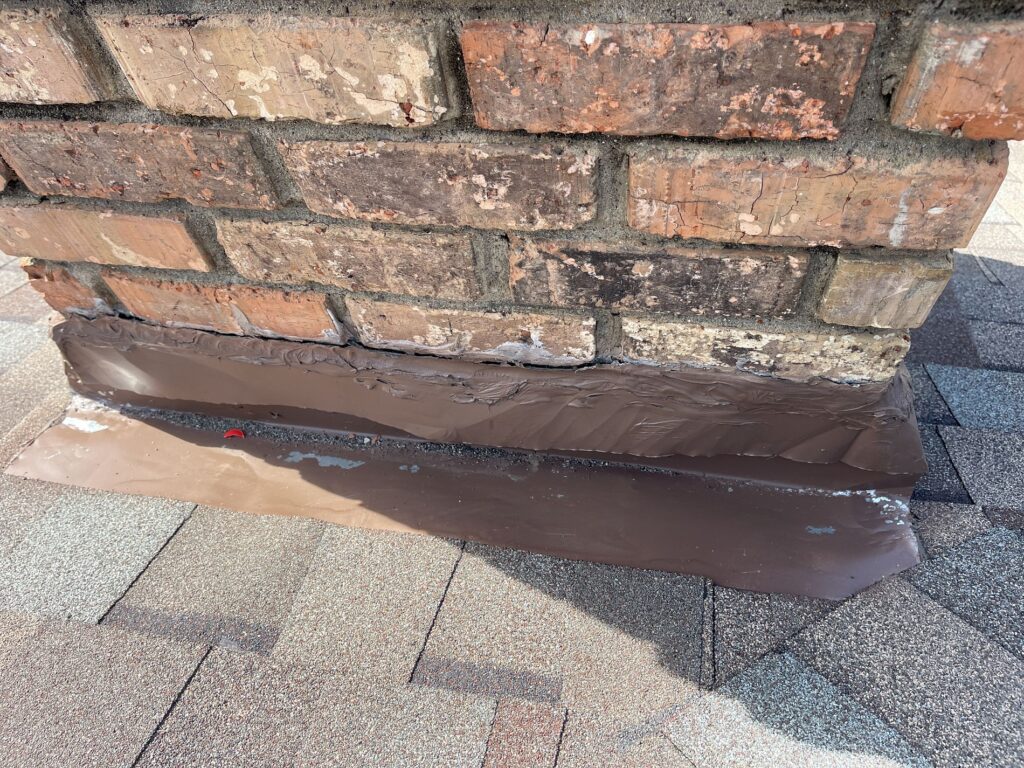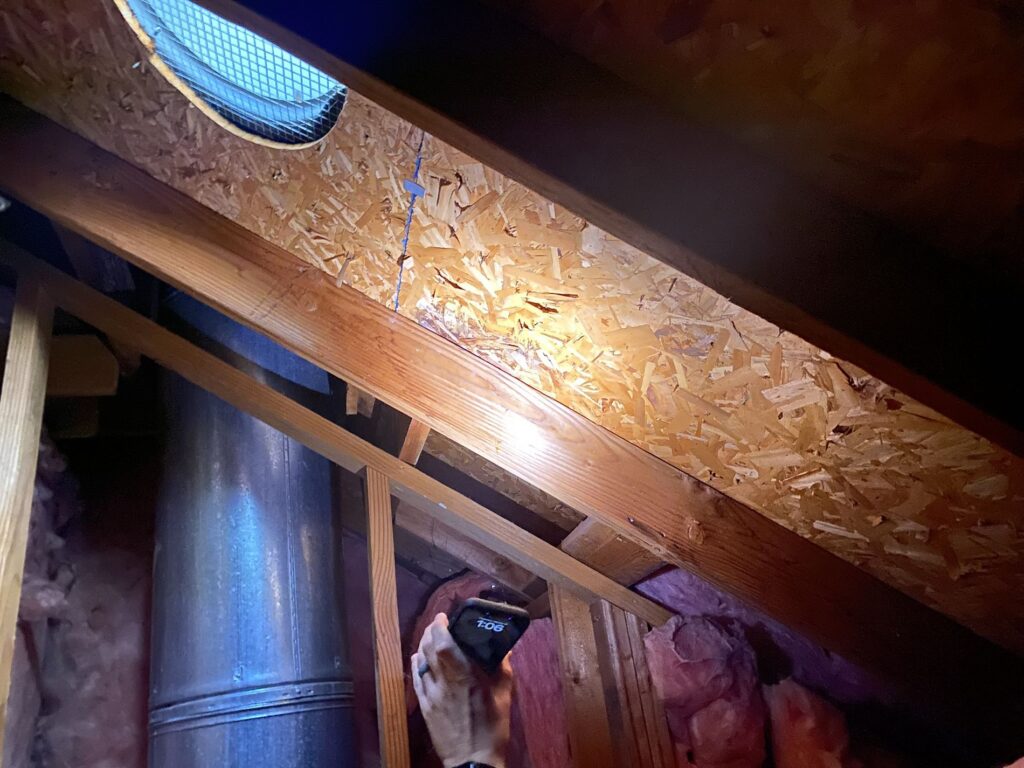We believe a regular roof inspection is essential for maintaining the integrity of your home, especially in Texas, where extreme weather conditions take a toll on your roof. Whether you’re a homeowner preparing for storm season and looking for a roof inspector or a buyer using Texas roof inspection services to assess a new property, the residential roof inspection process can help you stay ahead of costly repairs.
Here are the three main things roofing contractors check during an inspection in Texas:
1. Shingle Condition and Damage
The first sign of roof damage is the overall condition of your shingles. Texas weather can be brutal, with scorching summers, high winds, and hailstorms that can cause significant damage. Roofers will look for:
- Missing, cracked, or curling shingles that can lead to water leaks.
- Granule loss, which makes shingles less effective at protecting your home from UV rays and water damage.
- Hail or wind damage, which may qualify for insurance claims if severe enough. This is probably the number one cause of roof replacements in Texas.

Since shingles are the first layer of protection for your home, they are also the first source of roof leaks.
2. Flashing and Seal Integrity
Roof flashing and seals are critical in preventing leaks, especially around chimneys, vents, skylights, and valleys. During roofing inspections, roofing experts check for:
- Rusting or deteriorating flashing that can allow water to seep into your home.
- Loose or missing seals around roof penetrations that can lead to leaks.
- Gaps or separation that may indicate shifting or settling of roofing materials.

If these issues go unnoticed, water infiltration can lead to mold, structural damage, and costly repairs.
3. Attic Ventilation and Water Damage
A thorough roof inspection isn’t just about what’s visible from the outside—roofers also check attic ventilation and signs of water damage inside your home. This includes:
- Proper airflow in the attic, which helps regulate temperature and prevent moisture buildup.
- Water stains or mold growth, which indicate leaks that may not yet be visible on the roof surface.
- Sagging or rotting decking, which could mean prolonged water exposure and potential structural damage.

Proper attic ventilation extends the lifespan of your roof and improves energy efficiency, making it a crucial part of the inspection process.
Why Regular Texas Roof Inspections Matter
Routine roof inspections can save homeowners thousands of dollars in repairs by catching small issues before they become major problems. Texas weather is unpredictable, so having a professional check your roof at least once a year—or after a major storm—can help protect your investment. Act before roof leaks occur!
Need a Texas Roof Inspection in Dallas-Fort Worth?
At Texas Direct Roofing, our roof inspectors ensure your home stays safe and secure. We’ll provide you a custom, detailed report on the structural integrity of the entire roof, and we’ll point out all the minor issues we see to help you avoid expensive repairs later.
Contact us today for a free Texas roof inspection!
